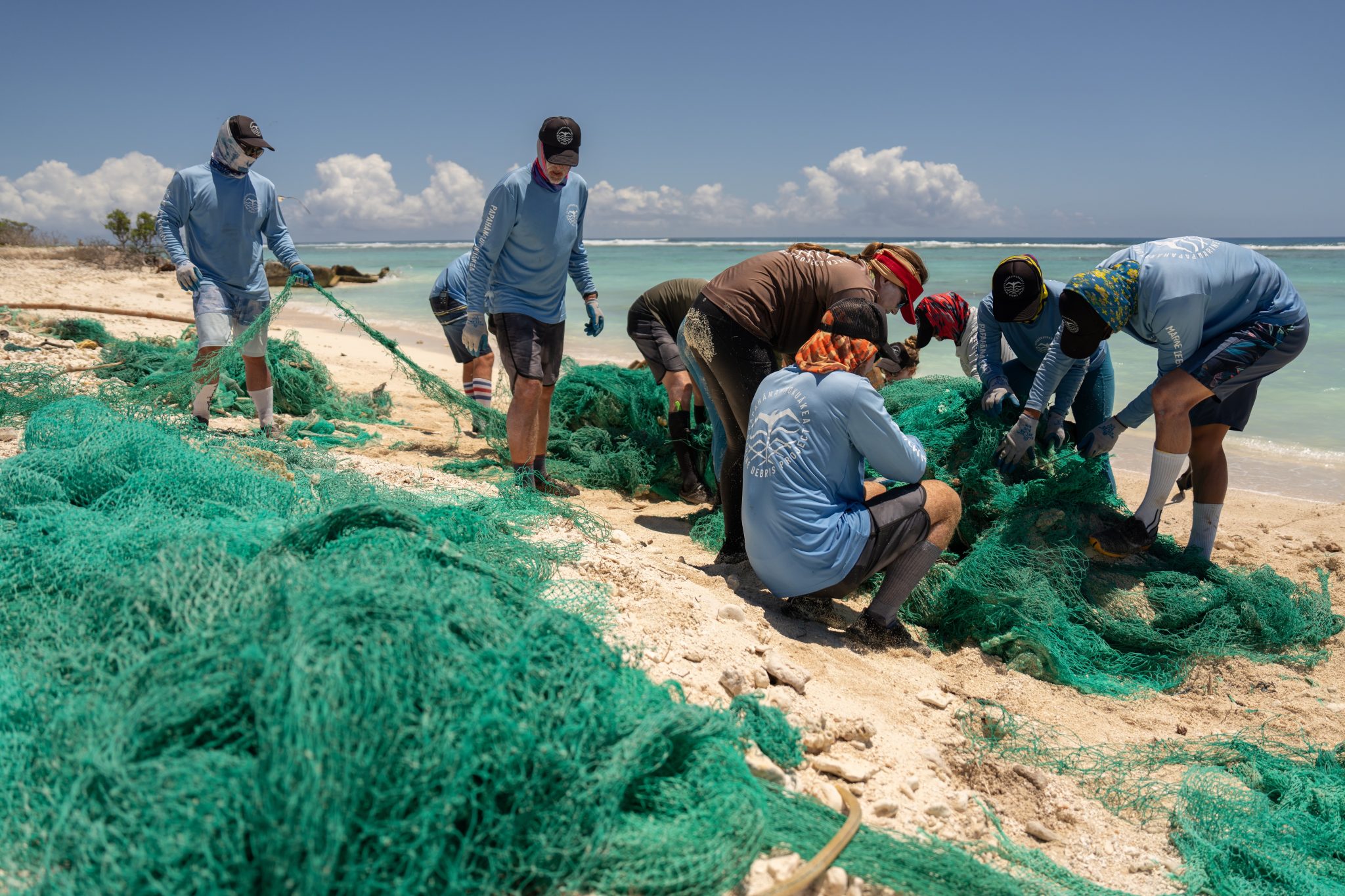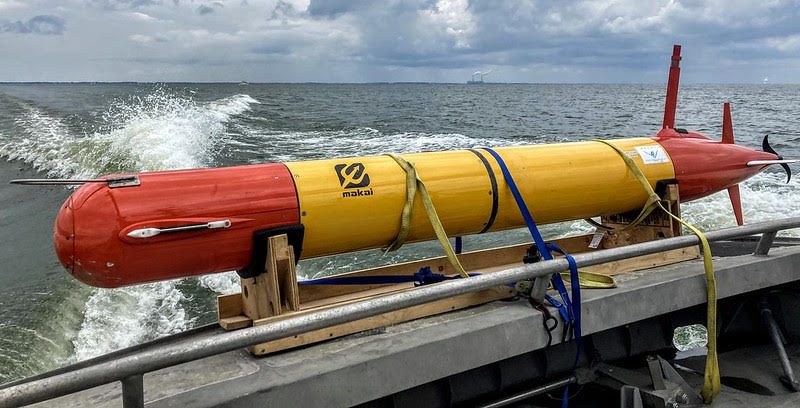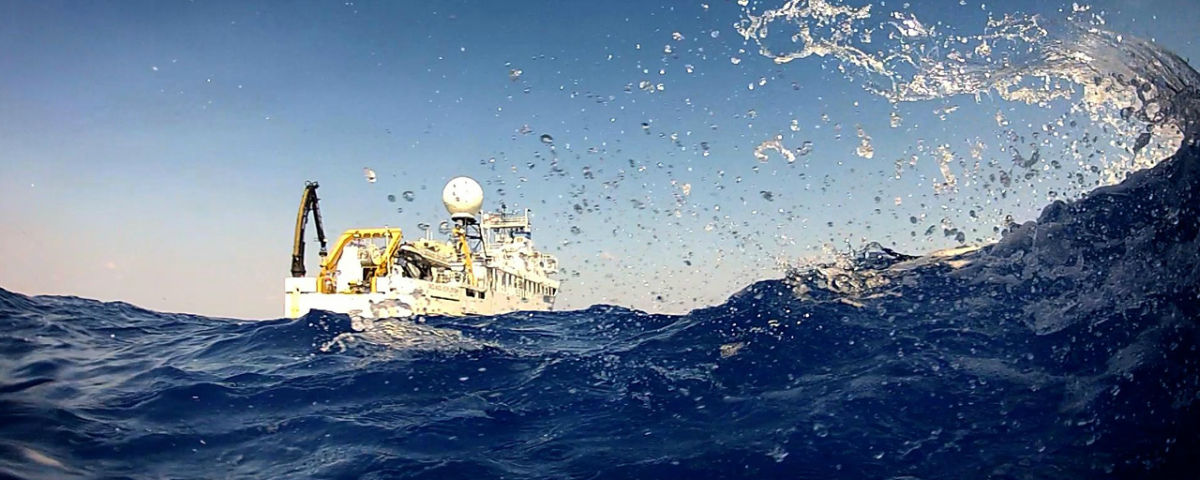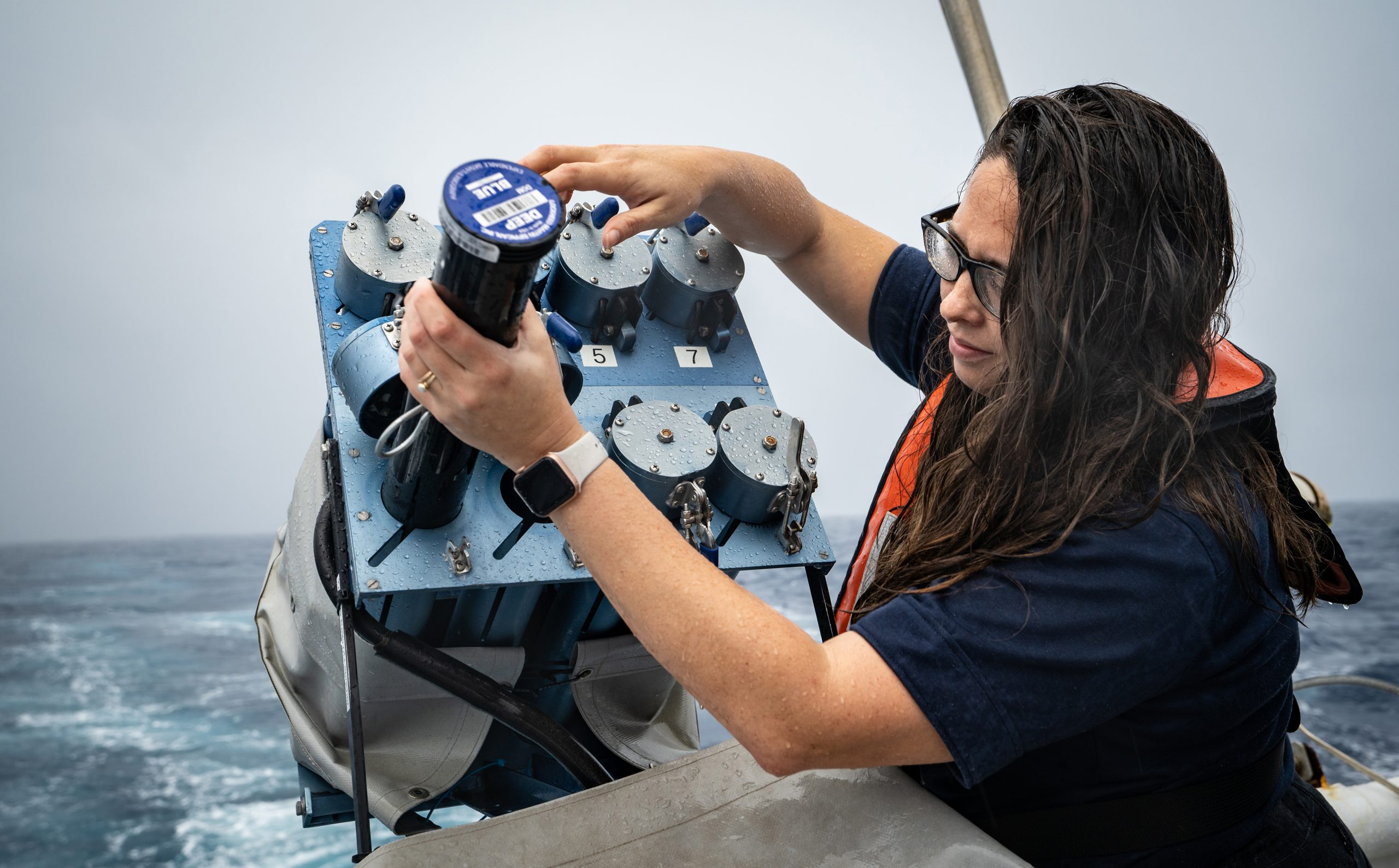Four new research projects are giving a boost to NOAA’s ability to measure, track and forecast ocean acidification, warming and other important ocean health indicators.
NOAA Research’s Ocean Observing and Monitoring Division has awarded $3 million in funding for projects that will expand the ability of the global Argo Program to measure ocean chemistry.
Two of the selected projects will partner with ocean observation technology companies Sea Bird Scientific and MRV to refine biogeochemical (BGC) Argo float designs and test new sensors through the release of about 20 floats in the Tropical Pacific, an important region for understanding the ocean’s role in the global carbon cycle. Two additional projects will support selected NOAA Research Laboratories and Cooperative Institutes in developing and deploying BGC Argo floats and using the resulting information to describe ocean chemistry changes in the California Current Large Marine Ecosystem and northwest Atlantic ocean — both significant areas for fisheries.
“Argo has revolutionized ocean knowledge by routinely observing the upper layer of the ocean and delivering data in near real-time to improve weather and climate predictions and forecasts,” said David Legler, Director of the Ocean Observing and Monitoring Division of NOAA Research. “This research will better enable NOAA to monitor rapidly changing biogeochemical conditions in the ocean that are vital for ocean health and living marine resources.”
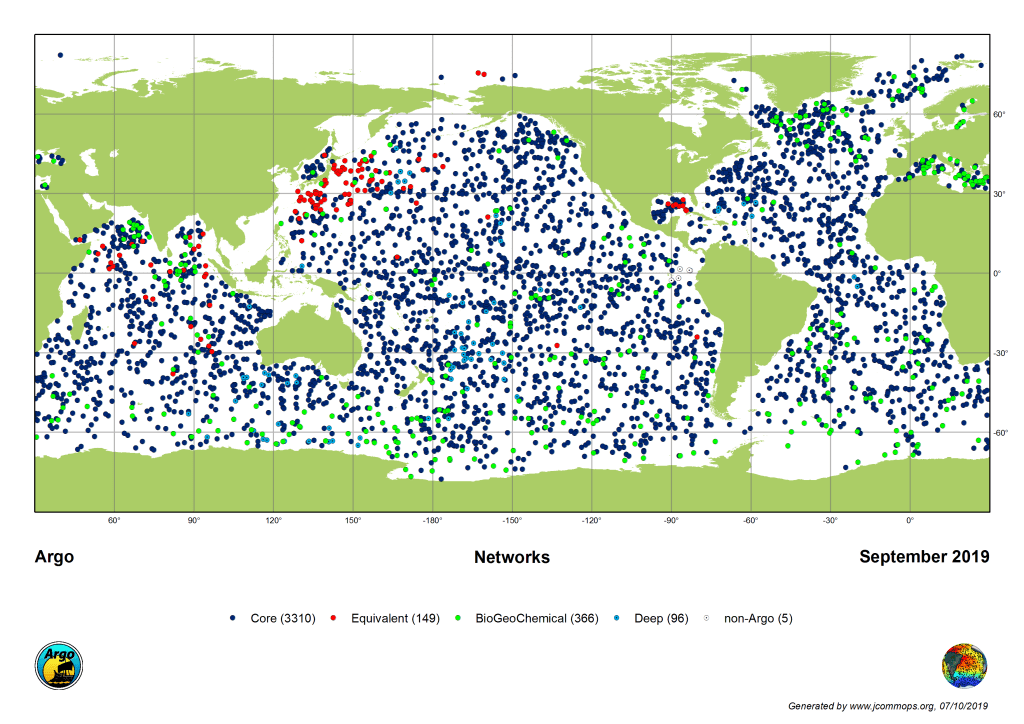
The Argo Program was launched in 1999 and includes participation from 26 countries that maintain an array of nearly 4,000 cylindrical, robotic floats that sample the ocean. Every 10 days, a float will dive 1.2 miles (2,000 meters) below the surface, collect temperature and salinity measurements, and then resurface to transmit the data in real-time via satellite. The Argo Program is innovating to develop floats with six important biogeochemical sensors that can measure ocean acidity, oxygen, nitrate, and phytoplankton productivity, an important indicator of ocean health. While NOAA and Argo partners are already using Argo floats with a few biogeochemical sensors, research is needed to improve the sensor technology and produce reliable floats that contain all the sensors. In the future, the Argo Program envisions floats with biogeochemical sensors will be deployed around the globe.
The Argo Program is managed by NOAA’s Ocean Observing and Monitoring Division, whose mission is to create long-term, high-quality global ocean observations, information, and products to help inform decision makers and policy makers across the globe.
Selected projects:
Projects 1 & 2 received a total of $2 million in funding from NOAA and were selected under the 2019 National Ocean Partnership Program in partnership with NASA’s Ocean Biology and Biogeochemistry Program and NOAA’s Climate Variability and Predictability Program, as a contribution to Tropical Pacific Observing System 2020 project. Projects 3 & 4 received a total of $1 million in funding from NOAA Research.
1. “Improvements to Profiling Float Technology in Support of Equatorial Pacific Biogeochemical Studies” PI/Co-PI(s): Stephen C. Riser (UW), Ken Johnson (MBARI), Brendan Carter, (JISAO/UW), Thomas Mitchell (Sea-Bird)
2. “Developing an autonomous biogeochemical profiling float to monitor biological productivity, ocean-atmosphere CO2 fluxes, and hypoxia in the Tropical Pacific Ocean” PI/Co-PI(s): Sarah Purkey, Todd Martz, Lynne Talley, Dean Roemmich, Matthew Mazloff, Daniel Rudnick, Ariane Verdy (SIO-UCSD); Neil Bogue (MRV Systems LLC); Ken Johnson (MBARI)
3. “A Pilot BGC Argo Float Array in the California Current Large Marine Ecosystem” PI/Co-PI(s): Greg Johnson, Richard Feely and Brendan Carter (PMEL), Stephen Riser (UW), Ken Johnson (MBARI), John P. Dunne (GFDL)
4. “Advancing Biogeochemical Argo at the Bermuda Atlantic Time-series Study Site” PI/Co-PI(s): David Nicholson, Susan Wijffels (WHOI).
